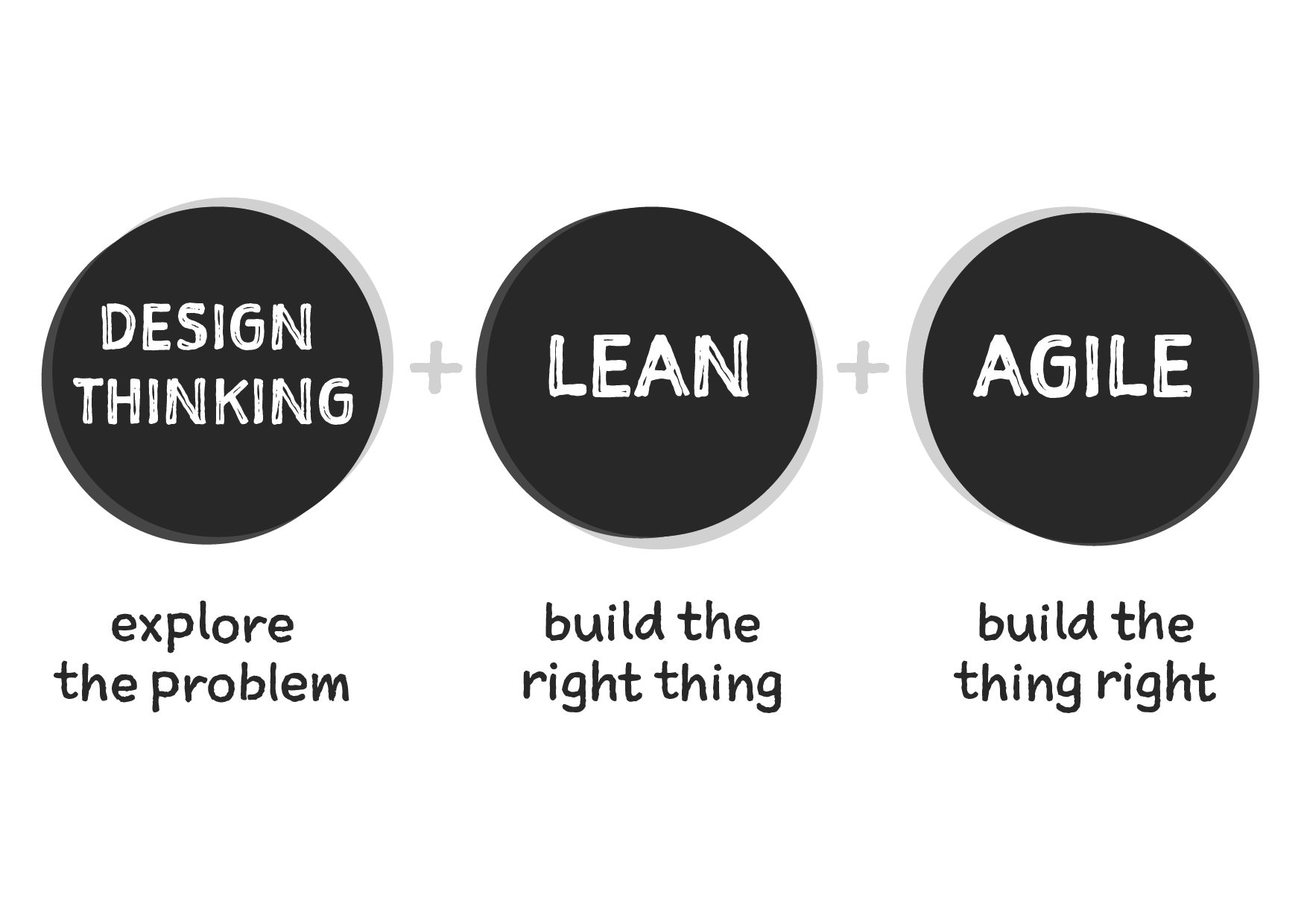How to move your team closer to clarity
Design thinking, the Lean approach, and Agile software development can make a difference in your teams.
 Metal pattern. (source: PublicDomainPictures.net)
Metal pattern. (source: PublicDomainPictures.net)
Despite its title, this book is really about ability, learning, and adapting. Design thinking, Lean, and Agile are mindsets that, when practiced, help organizations develop new competencies. We learn to tackle problems and explore possibilities. We strive to make every action a learning opportunity for making better decisions. We put learning to work as we pursue outcomes in a way that’s optimized for adapting to constant change. More than following steps, procedures, or instructions, this report describes the mindsets and ways of working that help teams to think differently, practice new skills, and develop new abilities.
Popular culture depicts designers as precious snowflakes. In the movies, developers are socially inept propeller heads. And we all like to joke about bean-counting middle managers and executives who are asleep at the wheel. All of them are petrified of being disrupted by Silicon Valley’s hoodie-wearing startups.
Convention is dead in the modern age—there are no rules, and job roles are so last century. It’s no wonder people are so confused about how to do software better.
These are exaggerated generalizations, I know, but they do paint a picture of the mess we face when working together to build stuff that matters. Creating digital products and services is a pursuit that requires collaboration across many disciplines. Technology, design, and business all have their own kinds of architects. Strategy has different flavors, from corporate to customer to technology. Products require design, software is engineered, and someone needs to run the entire operation.
Design thinking, Lean, and Agile are prominent mindsets among product development teams today. Each mindset brings its own kind of value to the product development life cycle (see Figure 1). And although they come from different origins—industrial design, manufacturing, and software development—they share many similarities and are complementary and compatible with each other.

At a distance, design thinking is a mindset for exploring complex problems or finding opportunities in a world full of uncertainty. It’s a search for meaning, usually focusing on human needs and experience. Using intuitive and abductive reasoning, design thinking explores and questions what is, and then imagines what could be with innovative and inventive future solutions.
The Lean mindset is a management philosophy that embraces scientific thinking to explore how right our beliefs and assumptions are while improving a system. Lean practitioners use the deliberate practice of testing their hypotheses through action, observing what actually happens, and making adjustments based on the differences observed. It’s how organizations set their course, learn by doing, and decide what to do next on their journey to achieve outcomes.
The heart of Agile is building great software solutions that adapt gracefully to changing needs. Agile begins with a problem—not a requirement—and delivers an elegant solution. The Agile mindset acknowledges that the right solution today might not be the right solution tomorrow. It’s rapid, iterative, easily adapted, and focused on quality through continuous improvement.
Although the strengths of each mindset come to bear more in some areas than others, no single mindset claims exclusivity over any particular activity. Too often, people ask, “Lean or Agile or design thinking?” The answer is “and,” not “or.”
In this book, we take a detailed look at the origins of each mindset, their strengths, and how they all fit together. Then, we explore how to bring it all together in practice to define actionable strategies, act to learn, lead teams to win, and deliver software solutions.
